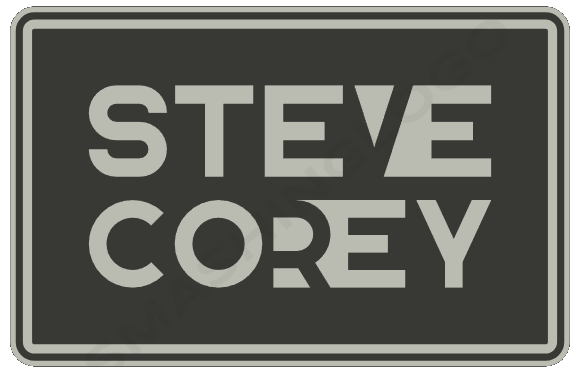Microsoft has introduced a new feature called Copilot in SharePoint. This innovative tool is designed to transform the way we create and edit SharePoint sites and pages.
What is Copilot in SharePoint?
Copilot in SharePoint is a feature that helps you turn your words into powerful tools for creating and editing SharePoint sites and pages. It’s built on the Copilot System, which combines the power of large language models with your data in Microsoft Graph. This means you can use natural language to describe the kind of SharePoint Site or page you want to see, and Copilot will help bring it to life.
How does it work?
As your web design partner, Copilot in SharePoint takes your existing document or presentation and turns it into a page that uses the best web design visuals of SharePoint. It can also help you rewrite key passages of text on the page, helping you strike just the right tone that will drive engagement with your readers.
Why is it important?
The introduction of Copilot in SharePoint marks a significant step forward in content creation. It simplifies the experience for content authors by providing powerful, intuitive, and expressive experiences with fewer manual steps and the help of AI. This innovation aims to unleash millions of site owners, news authors, page creators, and portal administrators to write, brand, publish, and share content with ease.
Why You’re Likely To Use It Wrong
You have to go back to how we’re all trained to use computers. We ask a question, and we’re given an answer. That’s it. If we asked the wrong question, we don’t get the answer we’re looking for.
Based on that, I’m betting that most users will ask Copilot to build out a page, for example. Once the page is built, there’s two outcomes:
- The page is what they wanted (unlikely)
- The page isn’t what they wanted
In either case, most users will stop there and do the remaining work (or all of it) themselves. That’s because they’re used to a single answer.
AI works differently than that. It’s conversational. It remembers what it’s doing, and what you’re “talking” to it about.
Instead, you should treat it as a colleague. As a coworker. You wouldn’t accept poor results from a coworker. You’d give them feedback on what they can do to improve their work. That’s what we should be doing with Copilot.
Give it feedback, let it revise and update the output you’re asking it to produce.
Better yet, give it LOTS of context beforehand (called a prompt). Tell it exactly what look you’re going for:
- What colors it should use
- Who the target audience will be
- If it should get artistic, and to what level
- What reading level the text should have (i.e. 5th grade)
The point is, you want it tell it the same thing you’d tell a coworker if you’re asking them to create that content.
If the results aren’t perfect, don’t be afraid to ask Copilot to improve it, but make sure you tell it how it needs to be improved. The more specific you get, the more Copilot will understand, and the better the results you get.
For the sake of full transparency, I’ve yet to get ahold of a tenant with Copilot for Sharepoint. That being said, based on similar experiences with other products, I’m still expecting conversational capabilities.
Conclusion
The future of content creation is ALMOST here with Copilot in SharePoint. By combining the power of AI with your data, it offers a new level of flexibility and efficiency in creating engaging and visually stunning SharePoint sites and pages. Whether you’re a seasoned SharePoint user or new to the platform, Copilot in SharePoint is set to revolutionize the way we create and share content.
Getting used to this AI companion will take getting used to, but will be very rewarding. It will speed up your productivity, freeing up your time to grab another cup of coffee, or maybe just to take a few minutes for yourself once and awhile.

